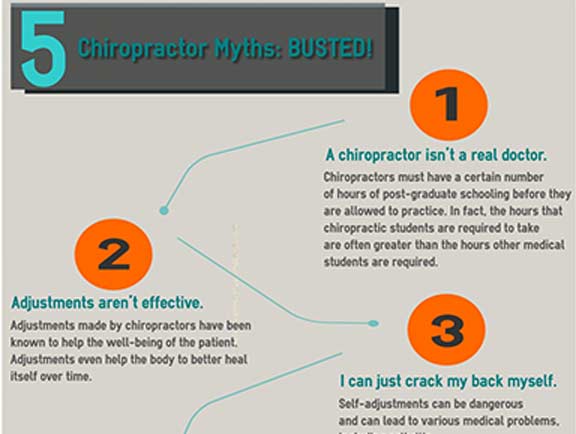Daily Practices That Cause Neck And Back Pain And Strategies For Avoidance
Daily Practices That Cause Neck And Back Pain And Strategies For Avoidance
Blog Article
Composed By-Dyhr Baxter
Keeping appropriate position and preventing usual pitfalls in daily activities can significantly influence your back health and wellness. From how you rest at your workdesk to how you lift heavy objects, small modifications can make a large distinction. Envision a day without the nagging back pain that hinders your every move; the remedy might be easier than you assume. By making a few tweaks to your day-to-day practices, you could be on your method to a pain-free existence.
Poor Position and Sedentary Way Of Life
Poor position and an inactive way of living are two major contributors to pain in the back. When you slouch or inkling over while resting or standing, you placed unneeded pressure on your back muscles and back. This can bring about muscle mass discrepancies, stress, and at some point, persistent pain in the back. In addition, sitting for long periods without breaks or exercise can damage your back muscle mass and lead to tightness and pain.
To fight poor posture, make a conscious effort to rest and stand up right with your shoulders back and aligned with your ears. Bear in mind to keep your feet flat on the ground and prevent crossing your legs for prolonged durations.
Including auto accident chiropractor near me extending and reinforcing workouts right into your day-to-day routine can additionally aid boost your position and alleviate back pain associated with a less active way of living.
Incorrect Training Techniques
Improper lifting techniques can dramatically contribute to back pain and injuries. When you raise hefty items, remember to bend your knees and use your legs to raise, instead of counting on your back muscular tissues. Prevent turning your body while lifting and maintain the things near to your body to minimize strain on your back. It's crucial to preserve a straight back and stay clear of rounding your shoulders while raising to stop unneeded pressure on your spine.
Constantly analyze the weight of the object before raising it. If it's too hefty, request assistance or usage devices like a dolly or cart to carry it safely.
Remember to take breaks throughout lifting jobs to give your back muscle mass an opportunity to rest and avoid overexertion. By applying correct lifting techniques, you can prevent neck and back pain and lower the danger of injuries, ensuring your back remains healthy and balanced and strong for the long term.
Absence of Routine Exercise and Extending
A sedentary way of life devoid of regular workout and extending can dramatically contribute to pain in the back and pain. When you don't take part in physical activity, your muscular tissues become weak and inflexible, bring about bad posture and increased stress on your back. Regular workout aids reinforce the muscle mass that support your spine, enhancing security and minimizing the risk of back pain. Incorporating extending into your routine can additionally boost flexibility, protecting against stiffness and pain in your back muscle mass.
To avoid lower back pain on both sides in the back caused by a lack of exercise and stretching, aim for a minimum of thirty minutes of moderate exercise most days of the week. Include workouts that target your core muscular tissues, as a solid core can help relieve pressure on your back.
In addition, take breaks to extend and move throughout the day, especially if you have a desk task. Straightforward stretches like touching your toes or doing shoulder rolls can aid alleviate stress and protect against back pain. Prioritizing routine exercise and stretching can go a long way in keeping a healthy and balanced back and minimizing pain.
Conclusion
So, bear in mind to stay up directly, lift with your legs, and remain energetic to stop back pain. By making easy changes to your everyday routines, you can prevent the discomfort and restrictions that come with neck and back pain. Care for your spine and muscle mass by exercising great posture, appropriate lifting methods, and routine exercise. Your back will thank you for it!
